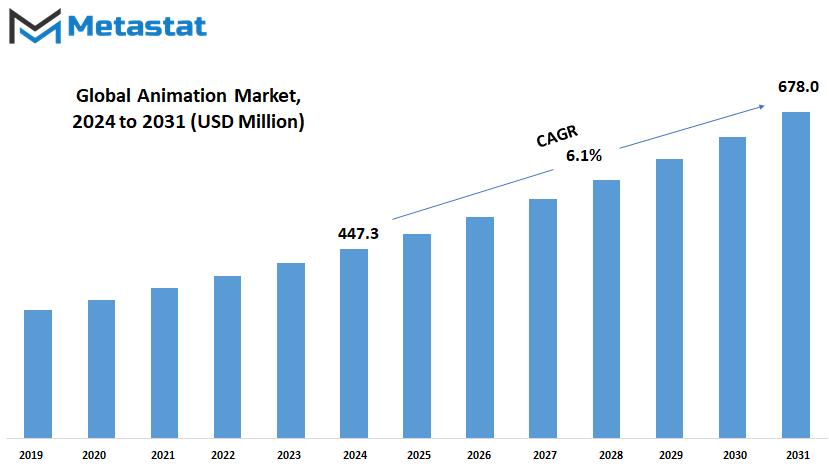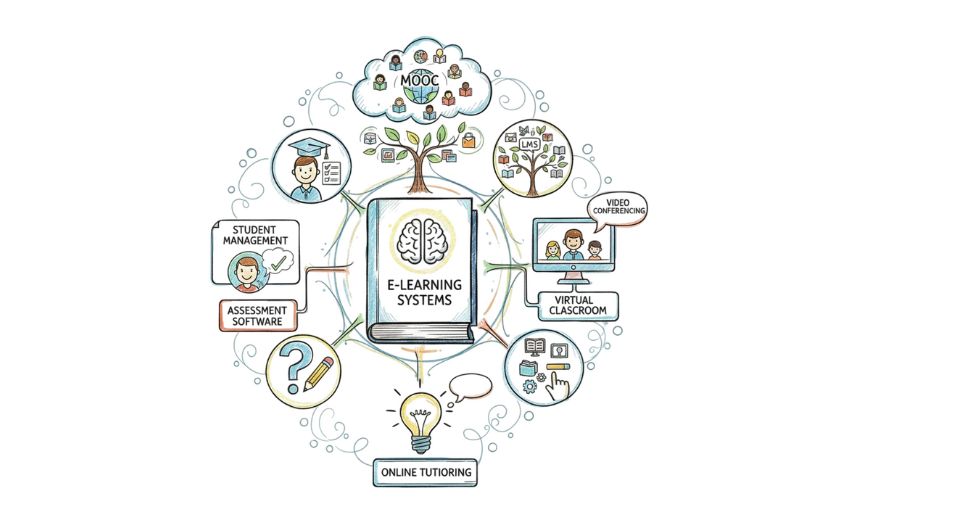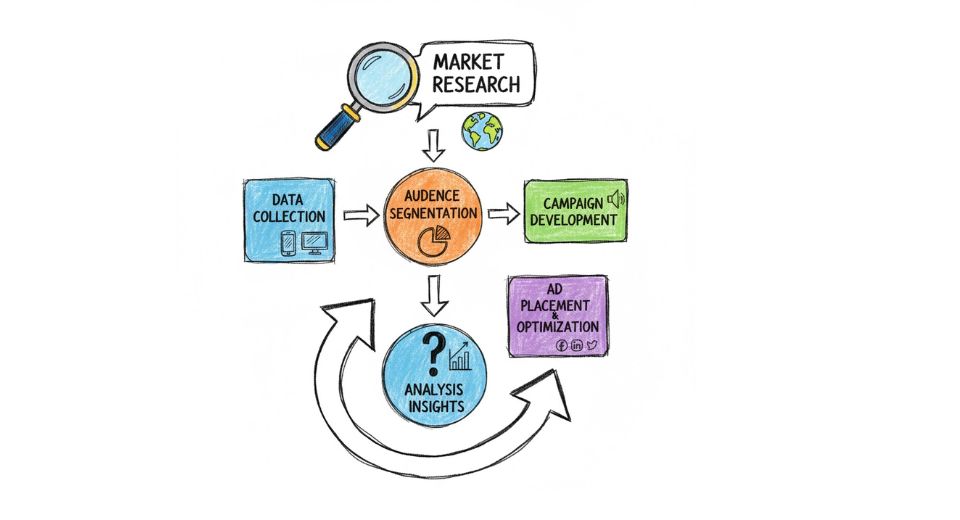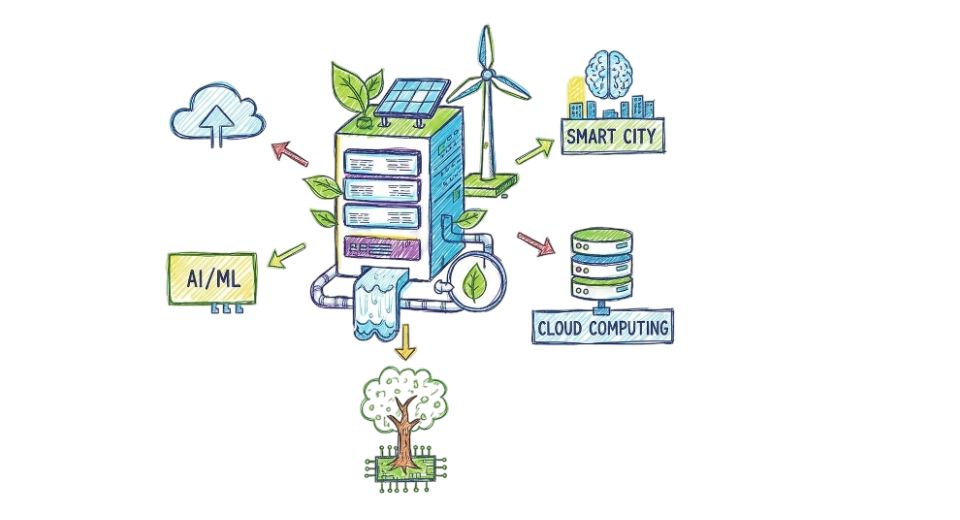MARKET OVERVIEW
The global animation market is defined as a highly dynamic and constantly evolving industry that deals with multifaceted media, such as film, television, gaming, and digital content. The market has seen drastic change over the last few decades due to technological advancement and the ever-increasing consumption of animated content across the various platforms. With the growth of such sophisticated audiences with keen demands for quality and visually appealing contents, the global animation market is continually at the center of entertainment innovation. Animation moves from being a niche offering to being a mainstream form of storytelling which appeals to people across ages and backgrounds.
Technological innovations have been crucial in shaping the current state – global animation market. The changes in computer-generated imagery, motion capture, and artificial intelligence have shifted the face of creation and experience. Such development will keep on helping the animators to create more realistic and detailed appearance and behavior worlds and characters. Democracy, with the help of advanced animation software, opened up the gates for small studios and indie creators and made them able to compete at the market level, which resulted in diversification of the animated content.
The global animation market also depicts the phenomenon growing towards globalization. Major studios are no longer restricted to a particular country or region anymore. Content is being made and consumed all over the world, and it is creating a scope for an international exchange of ideas and working with each other across boundaries. As emerged as a powerful medium for cross-border communications; it goes beyond the barriers of language and other cultural barriers of communication. The interconnected world will ensure the continued penetration of new markets with animated content.
The biggest singular trend driving the global animation market is the growth in digital platforms. For many viewers, streaming services are now the primary source of animated content for younger audiences. And so defines the future of the global animation market as it increasingly moves away from more traditional television networks and movie theaters. The growing demand for fine productions for both children and adults will be in huge demand as these streaming giants are investing heavily in their original animated contents. More animation is likely to be created specifically for online distribution and will be that of reflection in the changing habits and preferences.
The global animation market will be influenced by emerging technologies such as VR and AR. These immersive technologies open up new avenues of interaction between the viewer and the animated world. They graduate from passive viewing experiences into dynamic participation. The unlocking of new creative scope for animators and studios to explore never-before-imagined ways of connecting with audiences happens through advancements in VR and AR. Integration will redefine the contours of the industry and unlock new revenue avenues for the trade.
After all, the global animation market is at an exciting point where technology innovation and global consumption patterns interplay. Its growth will most probably continue at a steady rate, propelled by the emergence of new platforms and technologies, which allow for a wide range of opportunities in creative expression and audience engagement. Indeed, animation is gradually paving its way forward toward becoming an ever stronger force within the broader entertainment landscape: offering content that is well beyond borders, as well as age groups.
Global animation market is estimated to reach $678.0 Million by 2031; growing at a CAGR of 6.1% from 2024 to 2031.

GROWTH FACTORS
The global animation market is continually on the rise, with several key factors ensuring it will continue growing in the future. One of the primary growth engines is the escalating demand for animated content viewed on television, films, video games, and online streaming services. With improved technological advancements, becoming increasingly rich in quality and appeal so that it cuts across a wider populace. Support to this growth is also in the form of progress of tools and techniques through advances. This is further assisted by the increased use of animation in sectors other than entertainment, which includes education, marketing, and healthcare, thus propelling the market forward.
Businesses are now realizing the strength of animation to capture the attention of the people and convey complex messages in a more exciting way. Because animation software is now within reach, even more companies are making their entry into the sphere of animated content in business operations. Expansions in virtual reality and augmented reality technologies also promise to significantly increase the global animation market over the next few years. Innovation in these areas offers new channels of making experiences more immersive. However, there are challenges that may hinder the market. For instance, expensive production costs and rigorous processes might be overwhelming for some of the smaller studios. The second challenge will be competition with other contents of media, such as live action movies and other user-generating content. Sometime, the production cost is cheaper than that of animation films. Therefore, these factors can limit the small studios from penetrating into the foreign market.
Yet, the global animation market is promising despite these challenges because globalization fuels the growing need for more animated content in regions as diverse as Asia and Latin America. The ever-growing demand for unique and interactive content places animation in a better position to respond to it, especially with the potential of AI-driven animation and customization.
The global animation market is expected to continue with an upward trend in the coming years on the back of technological development and diversification of its applications. While there are barriers to growth, on the whole, the trend appears to be good, and certainly new opportunities will emerge as this industry develops and changes with future trends.
MARKET SEGMENTATION
By Type
The global animation market has experienced tremendous growth and is expanding further. The advancement of technology is fundamentally defining the future of the industry. This market is divided into 2D and 3D animation, motion graphics, stop motion, and others based on type. All types have different applications and uses, supporting a wide variety of content creation. Obviously, the demand for animation across all sectors will continue to grow as we forge into the future.
2D animation may be the oldest, but it is still used today due to its simplicity and ease of application. There is a wide chance of applying it in television shows, advertisements, and educational materials. Yet, 2D animation will continue to hold its niche position since there are niches where the charm and simplicity in 2D style, though not in demand by modern times, find space and acceptability. It is the growth of 3D that has taken the global animation market by storm. The realism it accommodates visually and in any experience makes this type of animation extensively used in movie and video game productions as well as in the more recently developed virtual reality experiences. We can also anticipate highly advanced 3D animations as technology evolves and its products become more similar to real life.
Another rapidly becoming medium is motion graphics. It is gaining in Advertisement, for Presentations, and User Interface Design. And because it allows a lot of scope for information, visually represented in an easily understandable manner, it has preferred applications among businesses and educators. The future of motion graphics will be embedded in the content creation with artificial intelligence. With this, people can have real-time adjustment and delivery of personal content. Stop motion is more labor-intensive, yet it offers a timeless appeal. It often is used in artistic or indie productions, and handcrafted aesthetic that leads to it tend to offer something unique that techniques from digital sometimes cannot attain.

By Offering
In recent years, the global animation market had grown by leaps and bounds. And this trend is foreseen to continue on its upward trajectory. One of the key drivers in this kind of expansion is growing content demand that includes films, television programs, and internet-based content. As most people access content online, the same thing applies to the demand for animated work. This has created new markets for creators and producers as well as technology providers. The global animation market will progress further as more software and services are developed.
From a perspective of offerings, the global animation market is broadly categorized into two areas: software and services. Software is, after all, an extremely vital tool in this industry, and it forms the molding for the future of animation. Animation software tools are growing increasingly complex, and this makes it possible for animators to maintain flexibility and control. The tool will be adopted with increased technology; thus, we will observe these tools become better by time, faster, and more efficient to create animation. Integration of artificial intelligence is expected to play a better role in software solutions wherein automation of certain parts of the animation will help animators channel their creativity and give rise to great stories. More so, cloud-based platforms will play an upmost role as teams from other countries in the globe will team up to work on projects and increase productivity with creativity.
Equally important, services are also necessary in the global animation market. This ranges from pre-production to post-production, and even work that will entail storyboarding, voice acting, visual effects, and many more. That is as the need for animated content increases, so will be the need for specialized services. Most of the businesses would be compelled to outsource animation work to service providers in different countries in order to seek cost-effective yet quality work. This would, therefore, necessitate more international collaborations which might bring to the world of animation various styles and other perspectives. In addition, services on virtual reality and augmented reality will be on the increase since these technologies are increasingly being integrated into animated projects.
By End User
The global animation market is highly likely to continue to grow with its evolution to serve the needs of various industries. The growth would be strongly influenced by the fact that animation is increasingly used in almost every sector. Historically, media and entertainment have been the primary destinations for animation, but now its usage is far broader than that, touching fields such as education, healthcare, and government operations.
In education and academics, animation is becoming such a hard tool that cannot be ignored. Indeed, interacting animations make learning even more engrossing and have enabled students to illustrate immediate understanding of complicated subjects. Increased utilization of animation will more be witnessed in educational technology, creating immersive environments for learning. That trend is likely to be on course since schools and universities are seriously considering the embracing of digital tools in their ways of teaching.
The biggest market within the animation sector is going to be in media and entertainment. With streaming services constantly on the rise and demand for the animated products following suit, this market will only look brighter for the coming years. Animation does provide a lot of creative liberty that live-action films often cannot present, and it’s all ages welcome. The technology shall advance, and with the advancement, the quality of animation will increase, thereby getting more realistic and engaging.
Government and defense sectors are also now appreciative of the value of animation. Simulations based on animation are being used extensively for training, allowing personnel to be exposed to realistic scenarios with no risk involved. This application of animation makes better preparation possible while saving on the cost that would otherwise incur from engaging in the usual modes of training. The benefits of animation for this purpose are yet to gain so much exposure that more of it will be used by the various sectors in the future.
There is the health care and life sciences area, where animation is steadily on an upswing. Medical professionals are now using animated models to explain complex procedures to patients, which has improved communication and understanding. Researchers are also using animation to make scientific processes more understandable, and this can lead towards the development of new treatments and technologies. This is going to increase with this demand for personalized health care.
In architecture and construction, animation forms are used to represent detailed visualizations of projects. This enables making the architect’s and engineer’s ideas lucid to the clients and stakeholders, hence making the whole process of collaborating much more efficient. As the tools for three-dimensional modeling and animation advance in the future, this will surely become an important part of planning and design work.
The global animation market will continue to grow since it will become part of more industries. Its future looks bright, as this is driven by technological advancement and diverse ways in which it can be applied across almost all areas of human endeavor.
|
Report Coverage |
Details |
|
Forecast Period |
2024-2031 |
|
Market Size in 2024 |
$447.3 million |
|
Market Size by 2031 |
$678.0 Million |
|
Growth Rate from 2024 to 2031 |
6.1% |
|
Base Year |
2022 |
|
Regions Covered |
North America, Europe, Asia-Pacific Green, South America, Middle East & Africa |
REGIONAL ANALYSIS
The global animation market is developing rapidly and influences the regional factor and demands. Indeed, the regional segmentation denotes different factors playing unique roles in areas within the industry's development. The region consisting of U.S., Canada, and Mexico remains a leader in this field. The United States is, over the years, known to be a bastion of animation, where most productive productions and ideas are usually born. With large studios and the growing streaming services, this region remains the trendsetter and a front-runner of content consumption in the world.
For instance, the UK, Germany, France, and Italy have made a unique success in animation among European countries. Mostly, European studios are keen on culturally and artistically rich storytelling that brings along benefits not only to their own audiences but also international viewers. The role of Europe in animation is bound to grow because of ever-increasing demand for different content all over the world. Europe is also becoming more competitive because now there are several studios emerging and utilizing contemporary technology as well as digital platforms in distributing content.
Asia-Pacific, split down into countries like India, China, Japan, and South Korea, is another large hub in terms of production for the animation industry. Japan's anime business is also a significant player, for anime is one of the primary forms of entertainment on the globe. South Korea increasingly represents a production hub, as animators in the country source their work both on local productions and outsourced productions from other regions. India and China will become bigger players with their increasing investments in animation and surging interest in producing content for their large domestic markets. As these countries continue to develop their production capability, there is going to be more activity coming out of Asia-Pacific and into the global market.
The area of South America, including big countries like Brazil and Argentina, is slowly flourishing in the field of animation. This area is smaller compared to others, but it grows its own style and attracts the attention of international studios seeking chances to tap into new markets. Latin American content can achieve broader spreading effects since now most streaming platforms are on the lookout for fresh and engaging stories with representatives from various backgrounds.
Although still growing in its production of animation, the Middle East & Africa region offers so much promise. For example, the countries are showing the right trends by stepping up efforts to strengthen their respective industries for animations. As the technologies become relatively available in these regions, their contents may tend to grow more diversified, telling their unique cultural stories, giving a more universal color to the global animation market. The global animation market will further evolve with regions competing and collaborating for years to come as they work to dominate the world scene.
COMPETITIVE PLAYERS
The global animation market has been thriving on its growth trajectory due to innovative inputs propelled by the presence of a number of major competitive players who will constantly produce more creative and technological advancements. As consumers' demand for animated content increases both online and offline, major companies take advantage of this opportunity and use this window to extend their reach in the industry and sway influence over the consumer market. Major companies in this competitive landscape include Sony Pictures Digital Productions Inc., Warner Bros. Entertainment Inc., and Disney Enterprises, Inc. Each has long been known for producing high-value content that appeals to a multi-age demographic. They also leverage their wide resources and distribution networks to have a keen position in the market amidst changing times.
The global animation market has witnessed sudden increase in wake of rise of streaming platforms as companies like Netflix, Inc. have become very strong there. It is also in this context that Netflix continues to spend enormous amounts of money in animated series and films. Animation, after all, remains very popular among both children and adults. This is why NBCUniversal International Limited and Paramount Animation have dedicated efforts into expanding their libraries with new original animation productions. Also, global streaming also extended international competition to companies operating on this site as they all seek viewership and market share across the globe.
Other significant players in this industry are Toei Animation Co., Ltd.-has been doing Japanese anime, which has gained significant international popularity. Companies like Kyoto Animation Co. Ltd., Pierrot Co. More importantly, these Japanese studios serve as an example with their high-quality accomplishments. Ltd., and OLM Digital, Inc., are also from Japan and are leaders within their respective company categories; these are just some of the reasons why Japan is dominating the global animation market. Their success has led Western companies to be in partnership with more and more Japanese animators in order to make cross-cultural productions appealing to audiences everywhere.
In the recognition sense, other companies like Aardman Animations Ltd. and Framestore Limited have gained respect in the industry through innovative stop-motion and CGI animation. These companies always top the list in terms of technical and artistic capabilities, thereby raising the quality bar in animation. As technology continues to advance, especially with virtual reality and artificial intelligence, these players will most likely find new ways to heighten storytelling and engage viewers.
The future of global animation market will prove more challenging in light of the development of technology in innovative ways that will create more avenues for creativity. The above companies will continue to evolve to maintain their dominance while seeking to adapt to consumer preferences.
Animation Market Key Segments:
By Type
- 2D Animation
- 3D Animation
- Motion Graphics
- Stop Motion
- Others
By Offering
- Software
- Services
By End User
- Education & Academics
- Media & Entertainment
- Government & Defense
- Healthcare & Life Sciences
- Architecture & Construction
- Manufacturing
- Others
Key Global Animation Industry Players
- Sony Pictures Digital Productions Inc.
- Warner Bros. Entertainment Inc.
- NBCUniversal International Limited
- Toei Animation Co., Ltd.
- Disney Enterprises, Inc.
- Paramount Animation
- Netflix, Inc.
- Aardman Animations Ltd
- OLM Digital, Inc
- Kyoto Animation Co. Ltd.
- Pierrot Co. Ltd.
- Animation Group (BluBlu Studios)
- Nippon Animation Co. Ltd.
- Framestore Limited
- Mac Guff
WHAT REPORT PROVIDES
- Full in-depth analysis of the parent Industry
- Important changes in market and its dynamics
- Segmentation details of the market
- Former, on-going, and projected market analysis in terms of volume and value
- Assessment of niche industry developments
- Market share analysis
- Key strategies of major players
- Emerging segments and regional growth potential








 US: +1 3023308252
US: +1 3023308252






